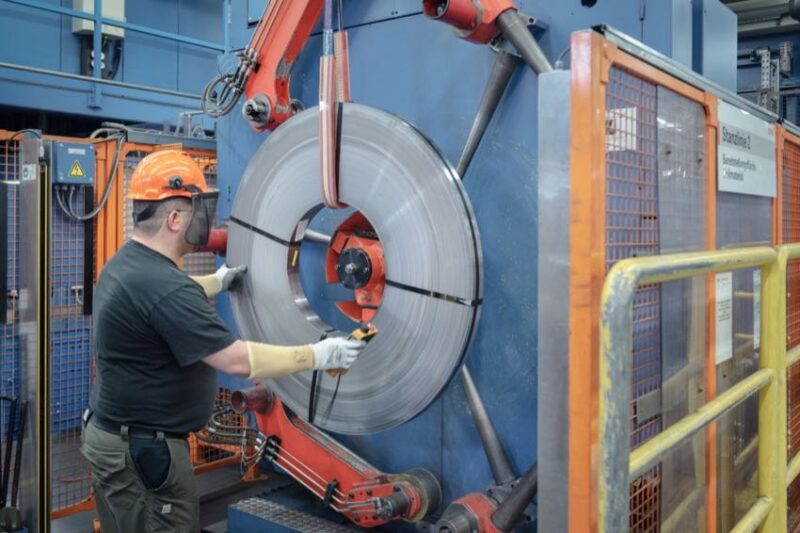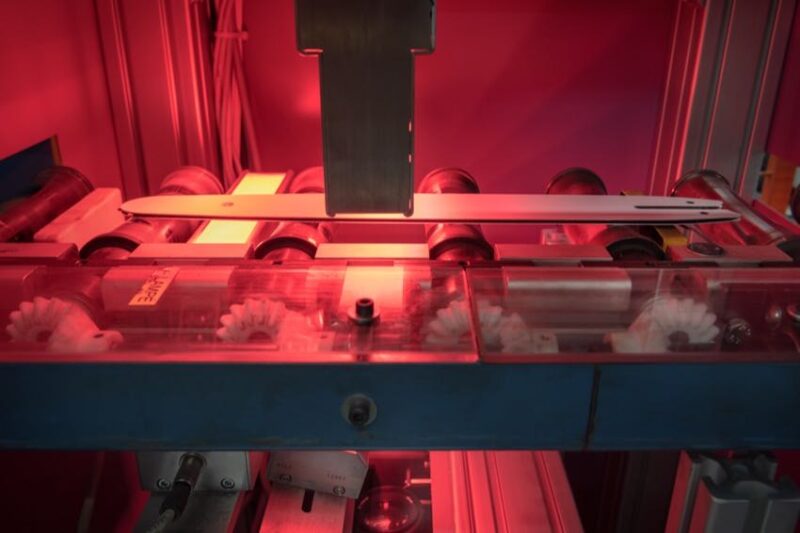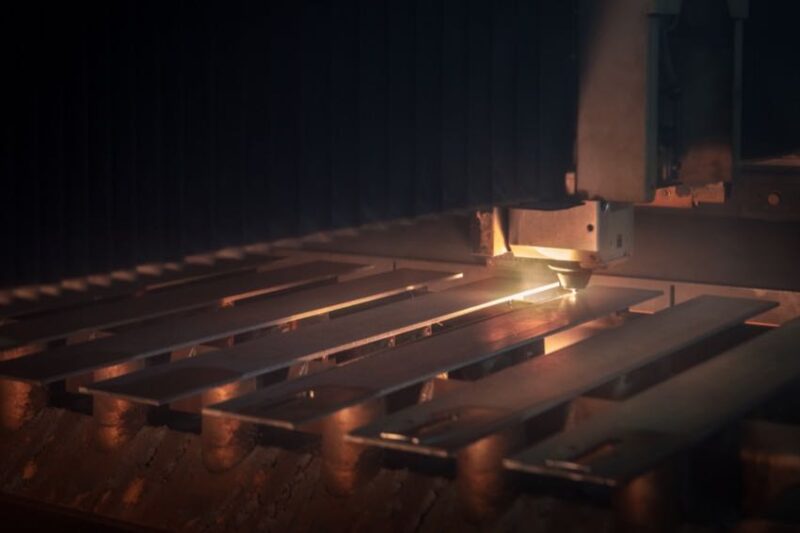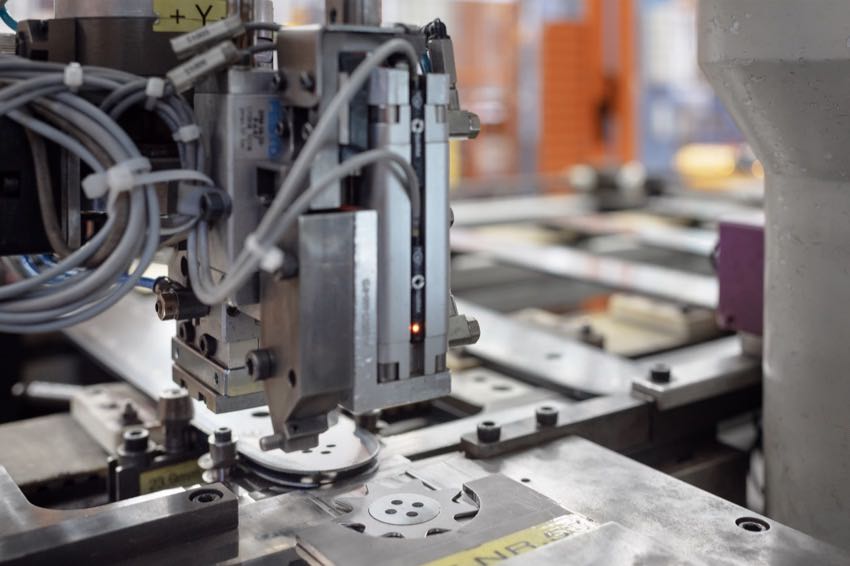We had no idea how steel chain saw guide bars were made. We learned a lot from a trip to the Stihl chainsaw factory (Stihl Plant 2) in Waiblingen-Neustadt, Germany. What looks like a simple product truly requires a multi-step complex process of engineering and manufacturing. Now we know!
Waiblingen-Neustadt Germany Factory Overview
When you look at the part of Stihl Plant 2 that makes chainsaw bars, this area employs around 80 people. Stihl actually makes chainsaw guide bars using two different methods. The type of chainsaw determines the type of bar used.
Stihl uses a 3-piece guide bar that features a sprocket nose. That works for smaller saws.
They use a more stable solid guide bar for chainsaws destined for heavier duty applications. That includes installation in Stihl professional-use saws. We summed it up for you:
Three-piece Chainsaw Bar with Sprocket Nose Features
- Low weight
- Lower risk of kickback
- Higher cutting performance
Solid Chainsaw Bar
- Sturdy, for tough applications
- Long service life
3-Piece Guide Bar Production
As we learned how Stihl steel chain saw guide bars are made, it began with those 3-part guide bars. A worker takes a giant roll of stainless steel from which all of the 3-piece guide bars are made. They feed the steel into a stamping press.

This cuts out the sides and central sprocket. A machine then electro-welds the pieces together using around 20 tons of pressure and electrically-generated heat. Precise cooling keeps the bars from warping.
While Stihl automates a lot of the process, factory workers handle all of the changeover processes. They also manage quality control (QC), maintenance, and everything else occurring outside the machines.
After cooling, the guide bars go through an induction-hardening process. This preceded the insertion of the correct sprocket nose insertion.

We watched as a machine widened the nose and inserted each race-bearing-filled sprocket (see featured image at top). On top, they place a guide piece filled with rivets. The machine then stamps the rivets into place, locking everything together.
Solid Chain Saw Bar Production
The solid chain saw bar production begins with a solid bar of steel. A laser cuts the steel to the desired basic shape. It cuts out the outer contour, bores, and elongated hole. We watched the entire process and saw very little waste. Stihl takes all of the leftover steel and reprocessed it to further reduce waste.

Using a laser welding process, they place Stellite (or cobalt-chromium alloy) onto the nose of the solid bar. This protects it from premature wear and tear. After this, a belt sander grinds the front of the bar smooth.
Following this, a machine brushes the nose clean and a high-speed CBN grinding wheel cuts in the side channels.
Painting the Chain Saw Bars
I thought we had learned how steel chain saw guide bars are made after this step. One more remained, however. Each chain saw guide bar gets a coat of paint and labeling. Stihl has fully-automated the entire painting process. A machine applies a thin coating of water-based paint without any significant overspray before it goes into the drying process. How thin? The dry layer measures less than 0.030 mm.
After painting, a digital inspection system checks for any imperfections. Then, Stihl adds final logos and branding before sending each bar on to final packaging and distribution.
Conclusion of How Steel Chain Saw Guide Bars are Made
Seeing how steel chain saw guide bars are made revealed a largely automated process that leaves little room for error. Stihl has perfected the process. It’s certainly unique since Stihl is one of two major guide bar manufacturers. Instead of grabbing a third-party manufactured bar, the company can customize and design that integral piece of the chainsaw to meet their needs.
For more information, please visit the Stihl website .


